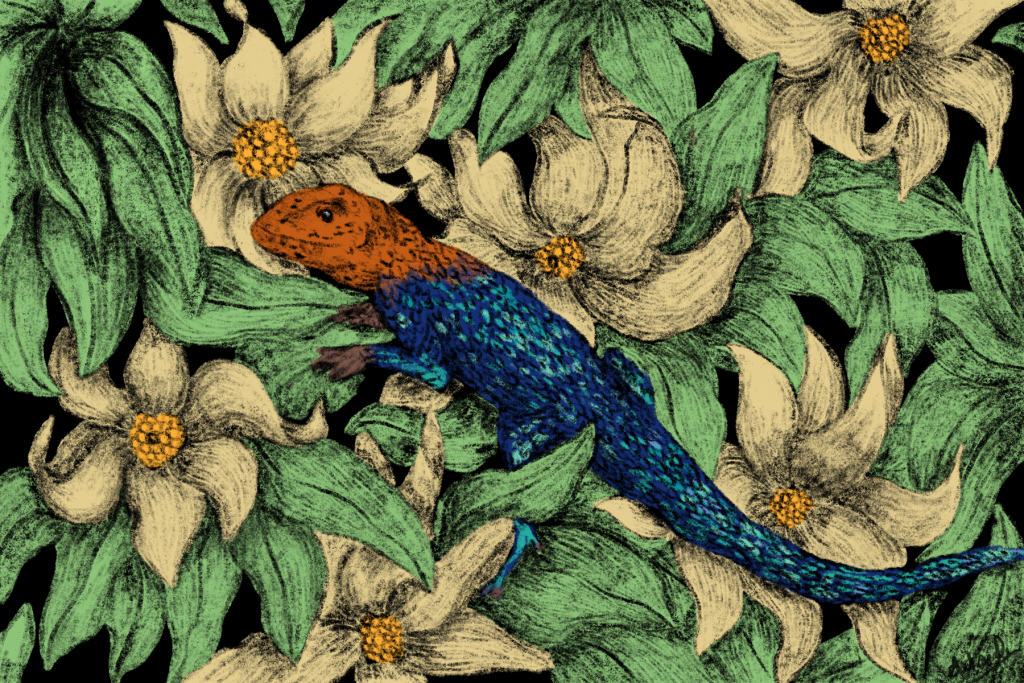Jake Parker originally created Inktober in 2009 as a personal challenge, where he would draw something everyday for a month to improve his own drawing skills, while also learning to imbibe good drawing habits. This practice slowly gathered pace until it became the popular worldwide as the Inktober series on Instagram.
With the pandemic coming down hard on general morale, I felt the time was ripe for some wonderful mental engagement by hosting Current Conservation’s version of Inktober for the first time. As a magazine that focuses on science communication, we believed there was no better time than now to creatively interact with our audience by giving them drawing prompts on topics like ecology, conservation, climate change, and species education.

Rajasee Ray is a Kolkata-based illustrator and co-founder of Ladyfingers Co.

Vastavikta Bhagat is an architect, educator, and artist

Shrishti Chatterjee is a visual artist and researcher.

in the sun, often congregating in small groups on boulders or tree trunks.
Antara Raman is a freelance illustrator and graphic designer.

Priyanka Gunjal is a doctor and medical Illustrator.

the sea, out of sight, and unfortunately out of mind. Might we care for them more if they lived right next door?
Karunya Baskar is an illustrator & graphic designer

Sefi George is an illustrator and a social anthropologist.

Akanksha Apte is a visual designer, illustrator and a nature enthusiast.
Which made it incredibly fun for us to curate the prompt list. Some of the most popular ones were: ‘invasive’, ‘waste’, ‘gentle giants’, ‘indigenous lives’, ‘human wildlife interaction’, and ‘home’. Participants were encouraged to look at the prompts through an environmental conservation lens.
Over the course of 31 days, Greta Ann Sam, the Assistant Managing Editor, and I carefully went through every submission to pick out 10 entries that spoke to us most. As a visually centered magazine, we were in perpetual awe of the construction, design intelligence, and thought put behind the entries that poured in.
We are very grateful to everyone who participated. Eagerly looking forward to hosting #CCInktober again. Until then, keep drawing!




